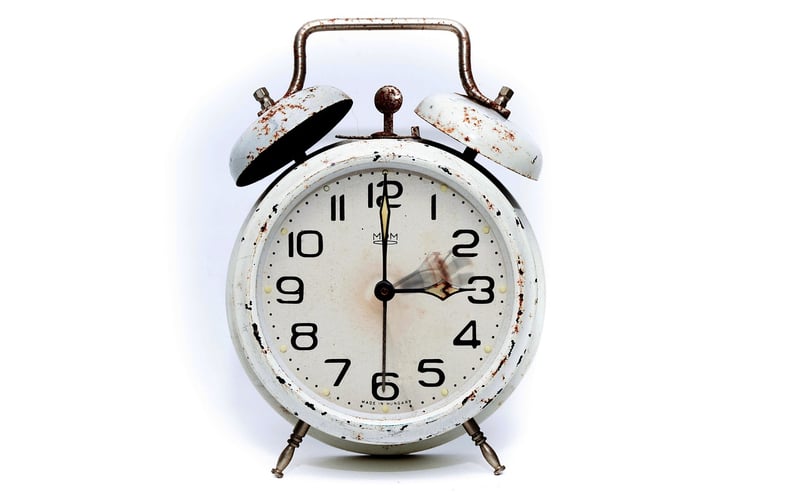Historical Etiquette
Guidance for Time Travelers: Navigating Historical Etiquette

Introduction
Time travel has long been a fascinating concept in science fiction, allowing individuals to journey through different eras and experience historical events firsthand. However, along with the thrill of exploring the past comes the challenge of navigating the unique social customs and etiquette of each time period.
Essential Tips for Time Travelers
- Dress Appropriately: Blend in with the locals by wearing clothing typical of the era. Avoid modern accessories or items that could draw unwanted attention.
- Watch Your Language: Be mindful of using modern slang or expressions that may not have existed in the past. Familiarize yourself with the language of the time to avoid misunderstandings.
- Respect Social Norms: Understand the cultural customs and social hierarchy of the era you are visiting. Behave in a manner that aligns with the expectations of the time.
- Avoid Altering History: Be cautious not to interfere with significant historical events or individuals. Your actions could have unintended consequences on the timeline.
- Stay Inconspicuous: Keep a low profile to avoid arousing suspicion. Blend into the background and observe without drawing undue attention to yourself.
Historical Etiquette
Each era has its own set of etiquette rules that governed social interactions and behavior. Here are some examples of historical etiquette practices:
Victorian Era (1837-1901)
- Proper Introductions: Address individuals by their titles and surnames, particularly in formal settings.
- Modesty in Dress: Women should dress modestly, with high necklines and long skirts, while men should wear suits or formal attire.
- Table Manners: Use proper table manners, including keeping elbows off the table and waiting for the host to begin eating before starting your meal.
Renaissance Period (14th-17th centuries)
- Courtly Behavior: Display chivalrous behavior, respect for authority, and adherence to courtly customs.
- Art of Conversation: Engage in intellectual discussions and debates on topics such as art, philosophy, and literature.
- Formal Greetings: Greet others with a bow or curtsy, depending on your gender and social standing.
By understanding and respecting historical etiquette, time travelers can immerse themselves more fully in the past and avoid inadvertently causing disruptions or misunderstandings.
Remember, time travel is a fascinating journey, but it comes with great responsibility. Respect the past, observe with curiosity, and tread lightly on the delicate fabric of history.

